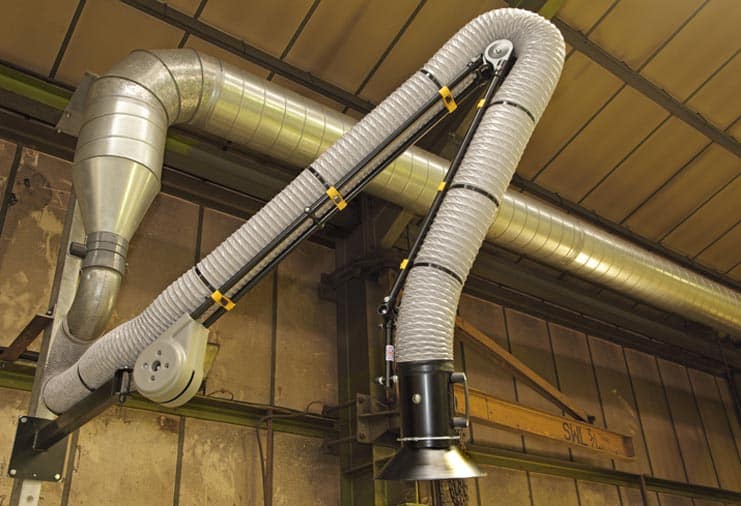Now, you might be thinking to yourself, “Gary, what’s the big deal? It’s just a machine that removes dust from the air, right?” Well, yes and no. While dust extractors can be incredibly helpful in keeping workplaces safe and healthy, there are also some dangers that you need to be aware of.
First of all, let’s talk about why dust extractors are so important. Whether you work in construction, woodworking, or any other industry where dust is produced, you’re likely familiar with the negative effects that dust can have on your health. Inhaling dust can cause respiratory problems, allergies, and even more serious conditions like silicosis.
A good dust extractor can help to remove these harmful particles from the air, which can go a long way in protecting your health. But if you’re not careful, working with a dust extractor can actually be dangerous in its own right.
One of the biggest risks associated with dust extractors is the potential for explosions. If you’re working in an environment where combustible dust is present, such as sawdust or metal shavings, there’s a risk that a spark from the dust extractor could ignite the dust and cause an explosion.
To prevent this from happening, it’s important to make sure that your dust extractor is properly grounded and that all electrical components are in good working order. You should also make sure that the dust extractor is designed for use in hazardous environments, and that it meets all relevant safety standards.
Another risk associated with dust extractors is the potential for fire. If you’re working with flammable materials, such as solvents or chemicals, there’s a risk that these materials could ignite if they come into contact with a spark from the dust extractor.
To prevent this from happening, it’s important to make sure that your dust extractor is properly maintained and that any filters are changed regularly. You should also make sure that the area around the dust extractor is clear of any flammable materials, and that you’re not using the dust extractor in an environment where there’s a risk of fire.
Finally, it’s important to remember that dust extractors can also pose a risk of injury if they’re not used properly. If you’re not careful, you could accidentally injure yourself while using the machine, or you could cause damage to the machine itself.
To prevent these types of accidents, it’s important to read the user manual carefully and to follow all recommended safety procedures. You should also make sure that you’re wearing appropriate personal protective equipment, such as gloves and safety goggles, while using the machine.
In conclusion, working with a dust extractor can be a great way to protect your health and to keep your workplace safe and healthy. But it’s important to remember that there are also some risks associated with using these machines.
To keep yourself safe, make sure that your dust extractor is properly maintained, that you’re using it in a safe environment, and that you’re following all recommended safety procedures. By doing so, you can help to ensure that you stay healthy and injury-free while on the job.
Thanks for tuning in, my friends! Until next time, keep hustling and stay safe out there!
Cheers,

![]()






